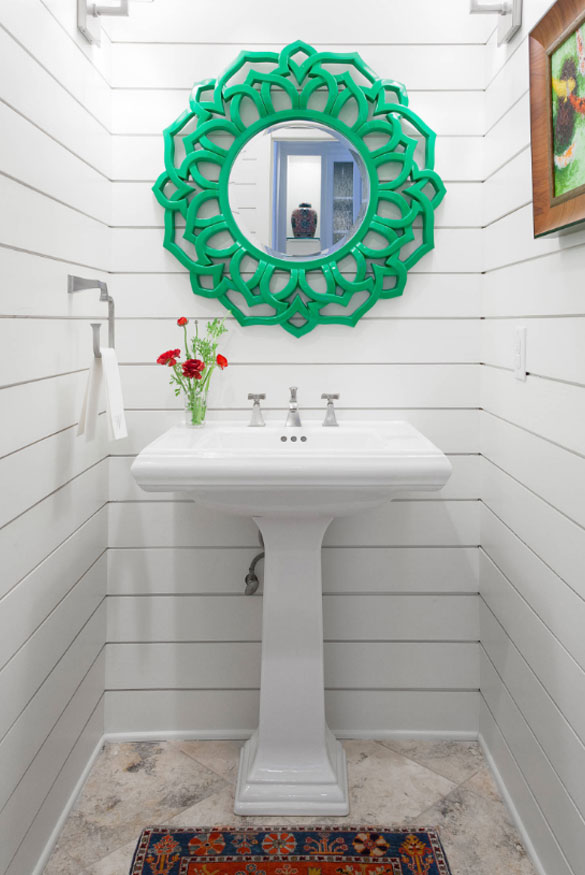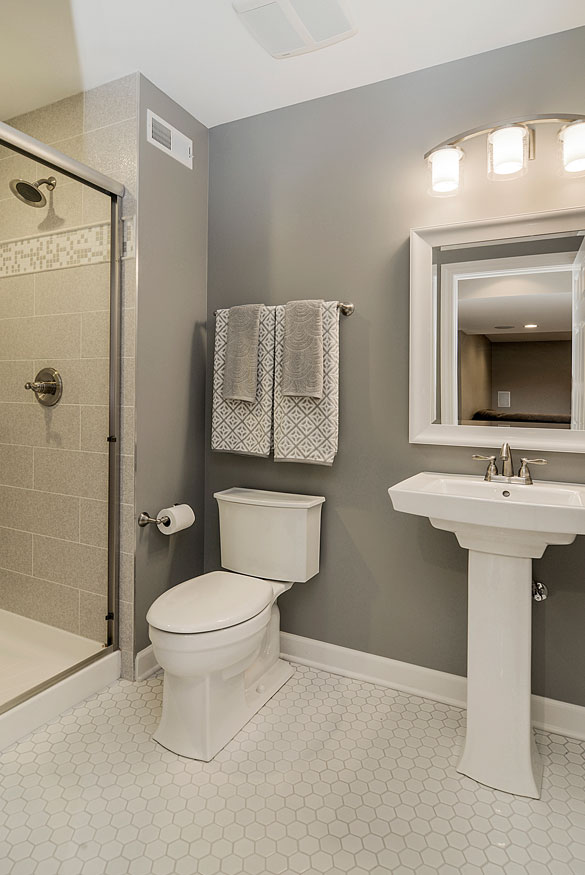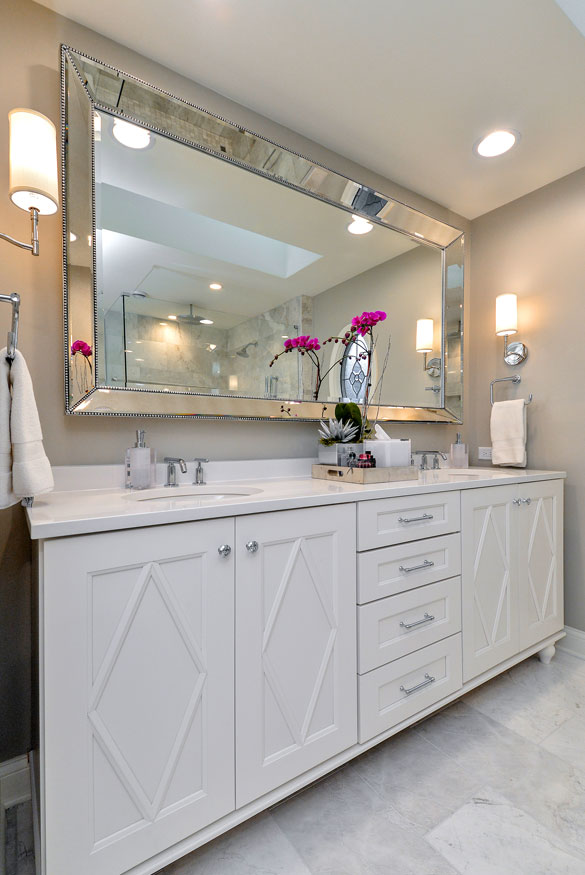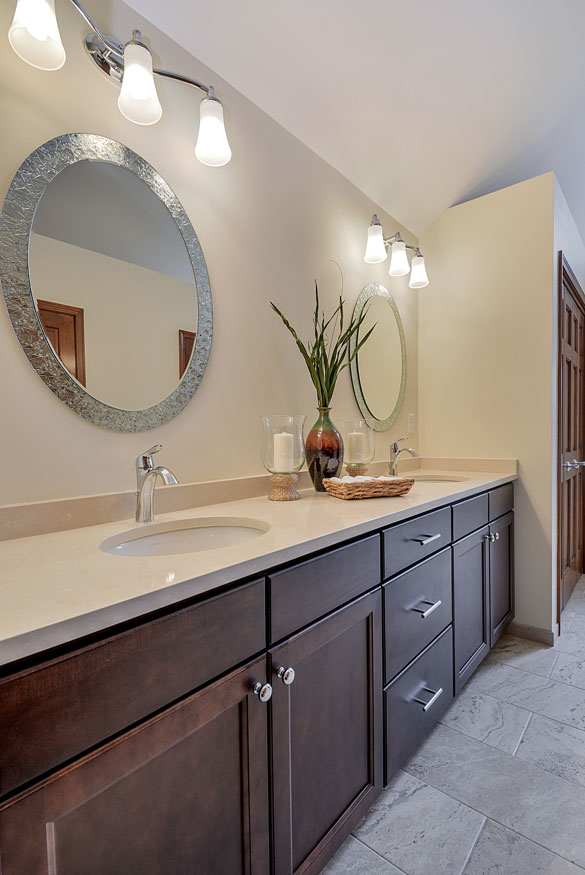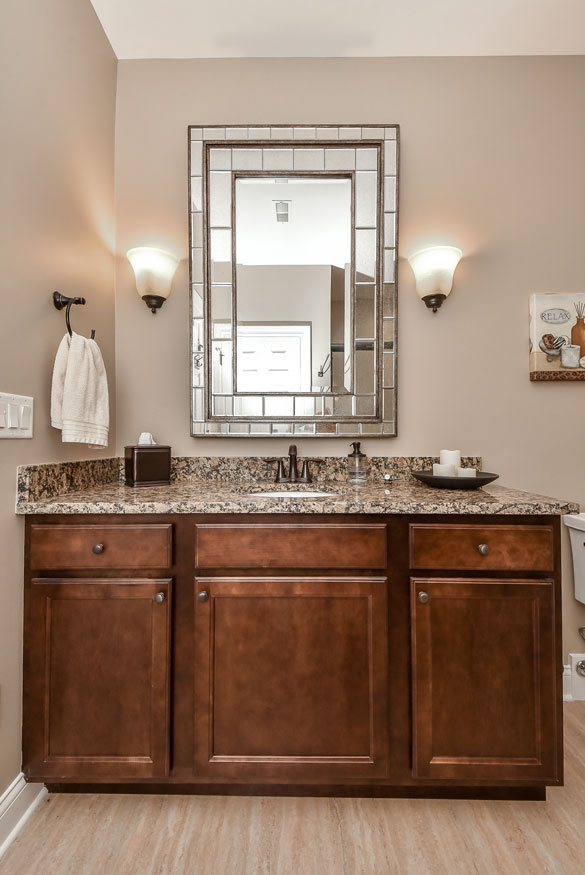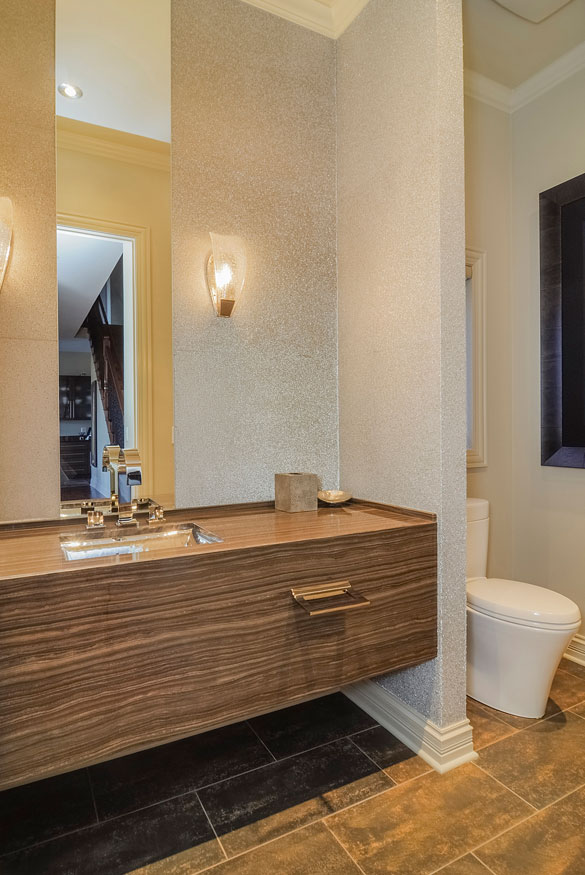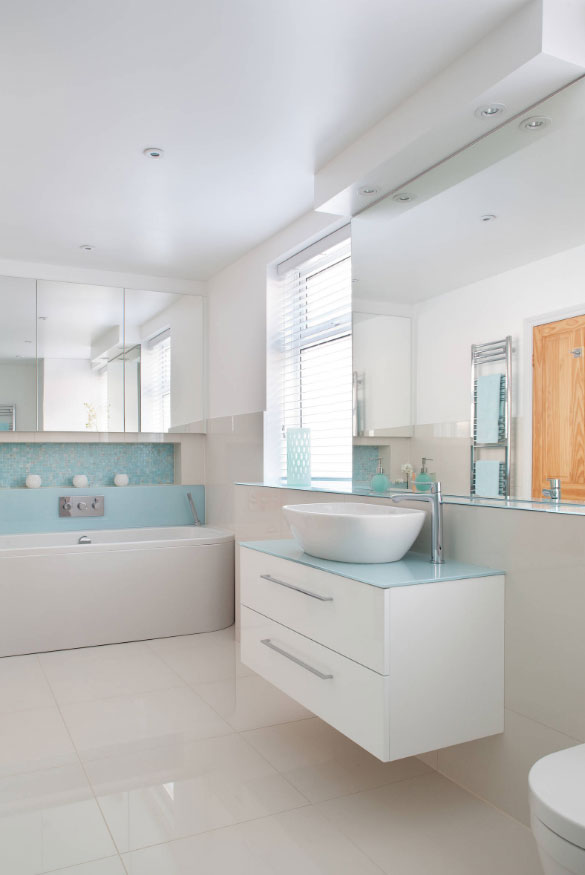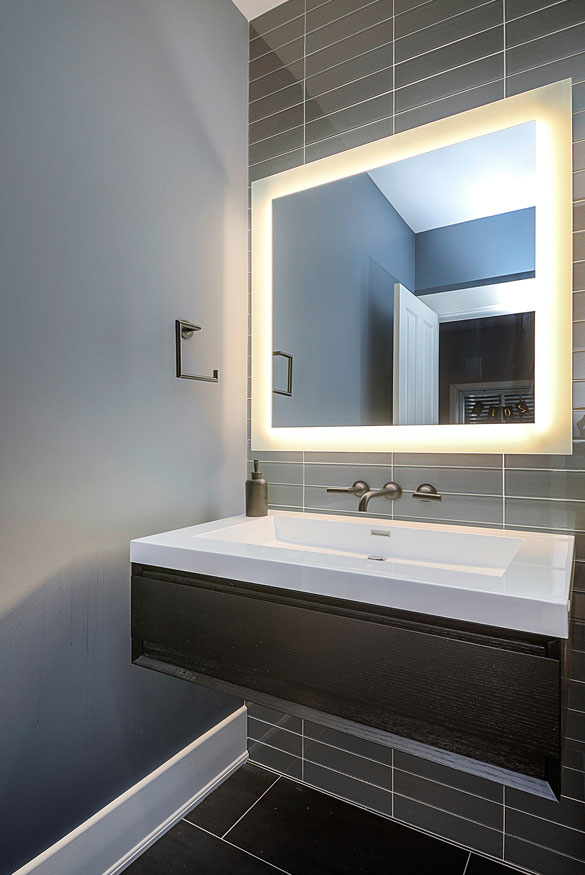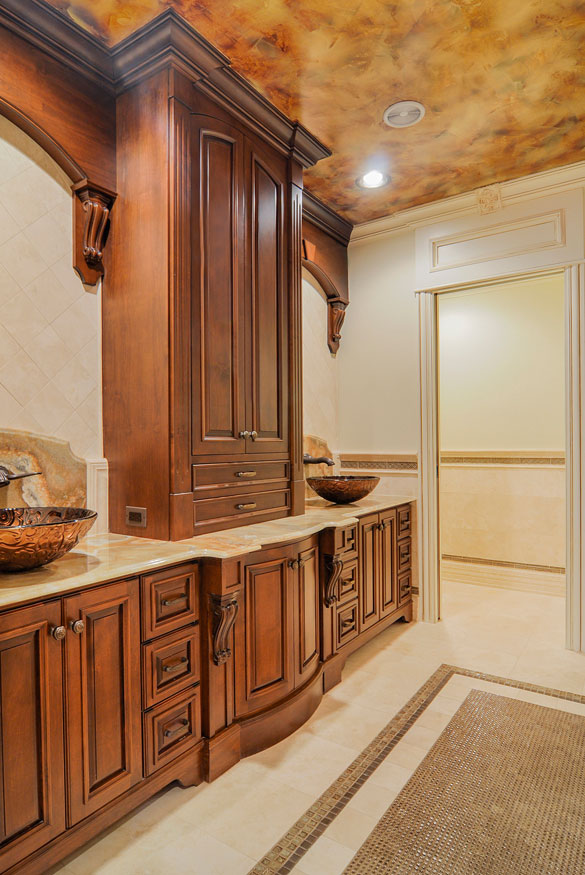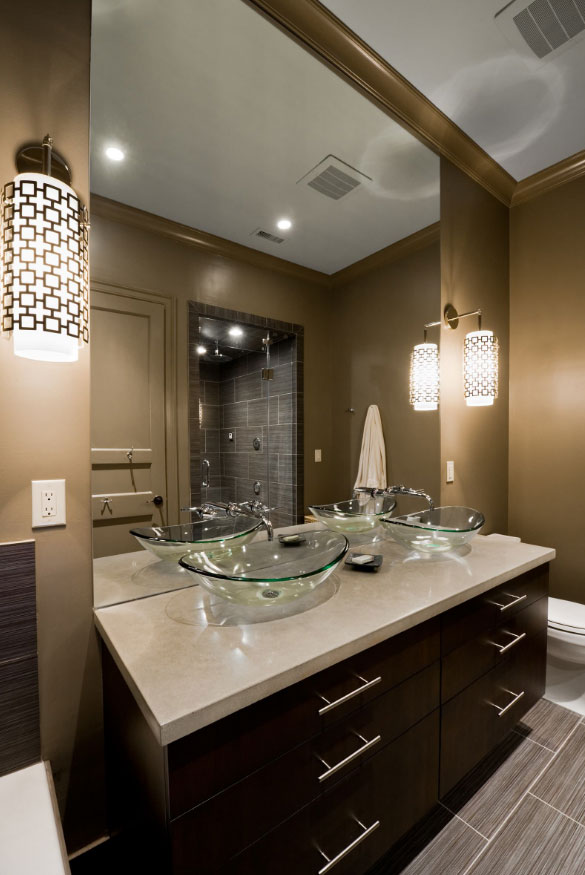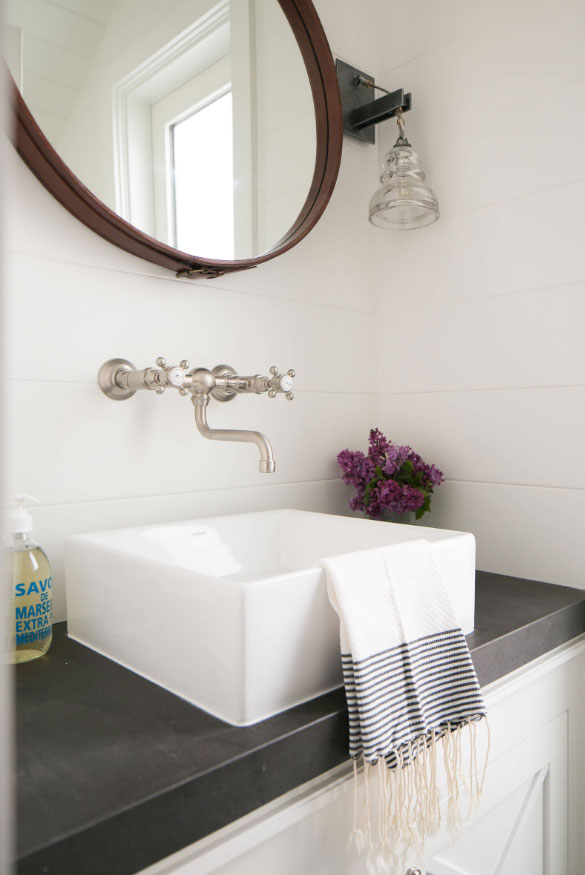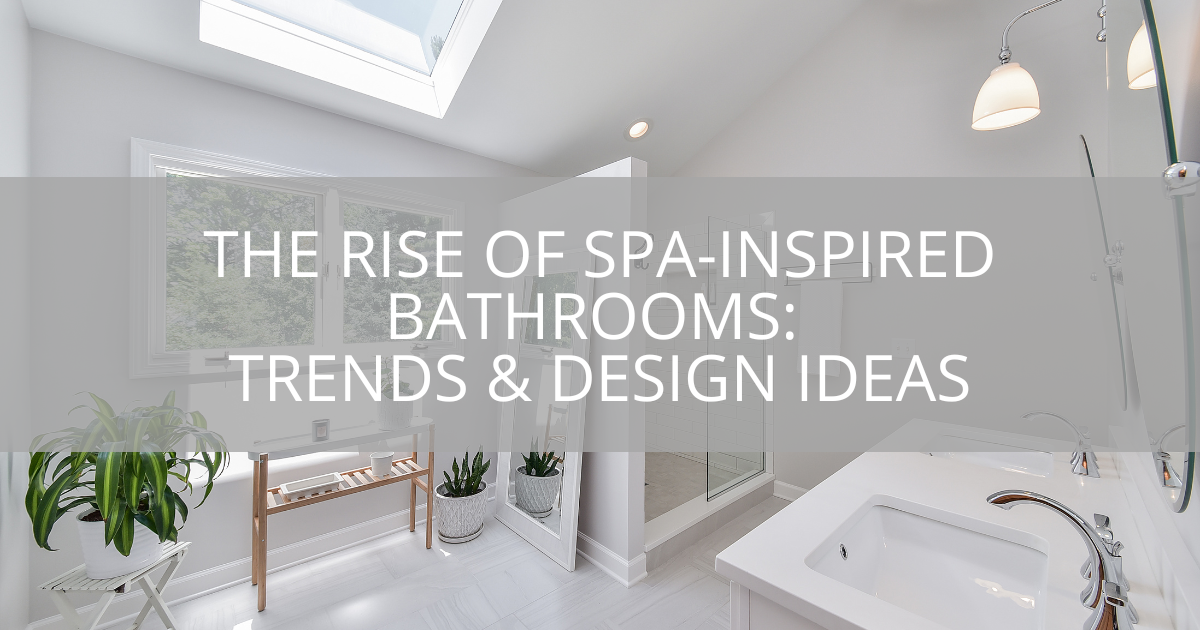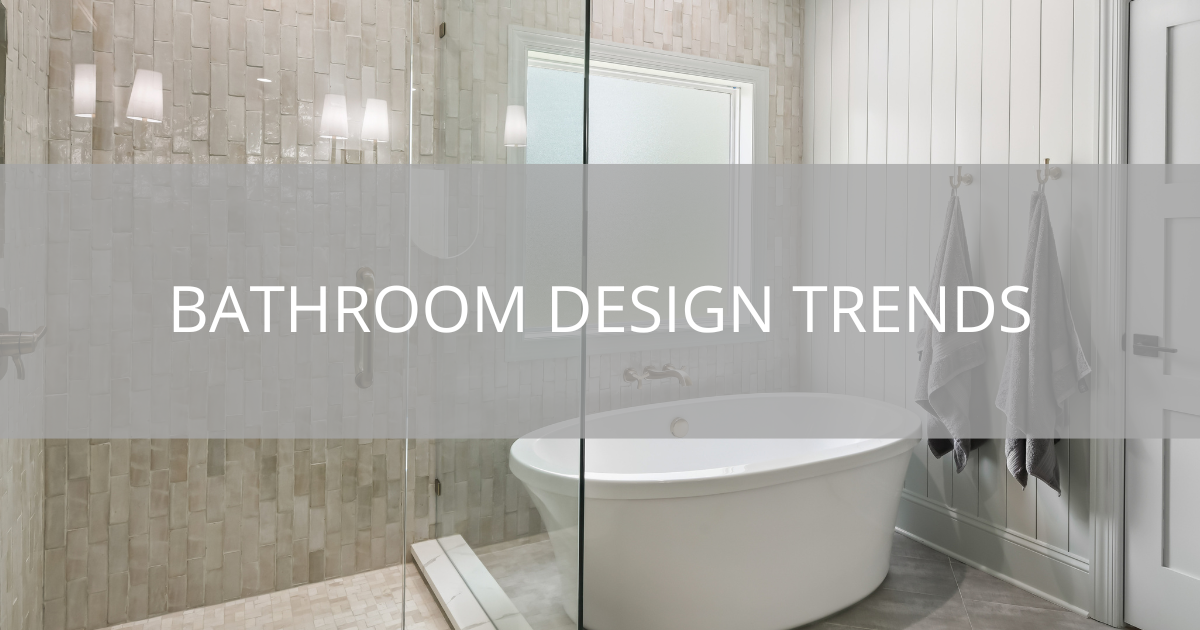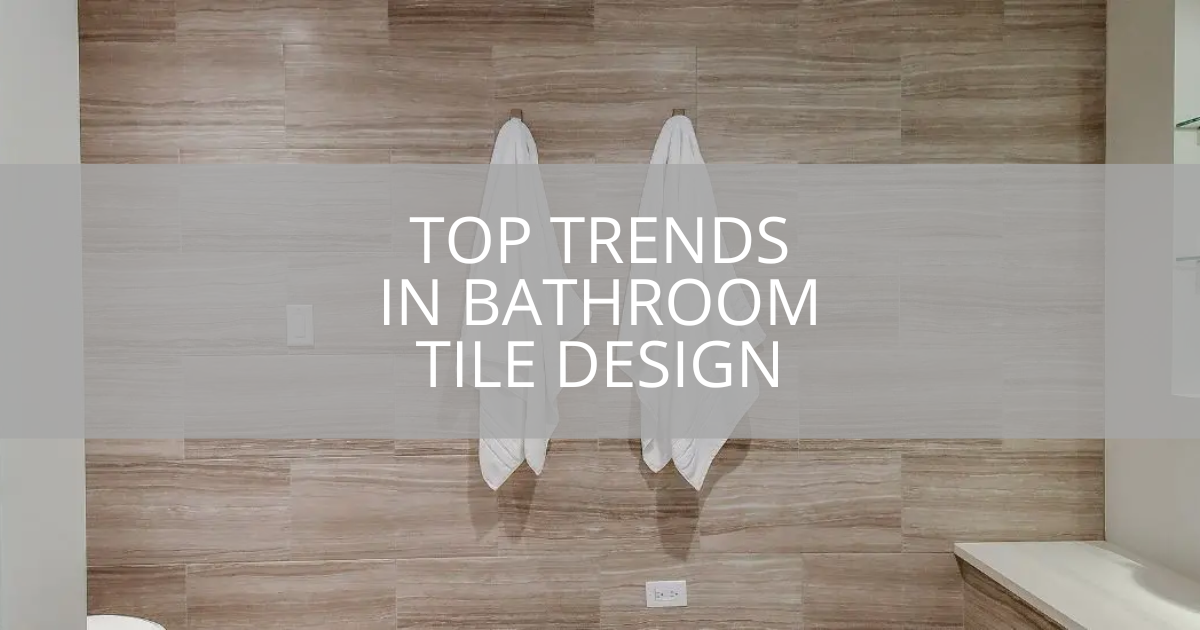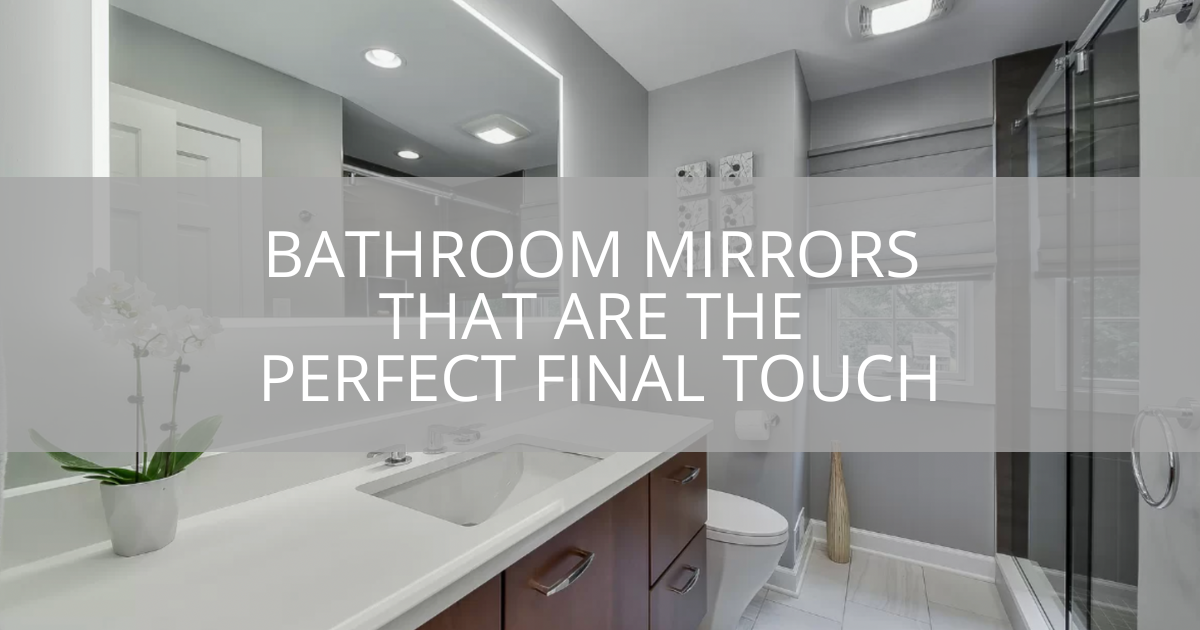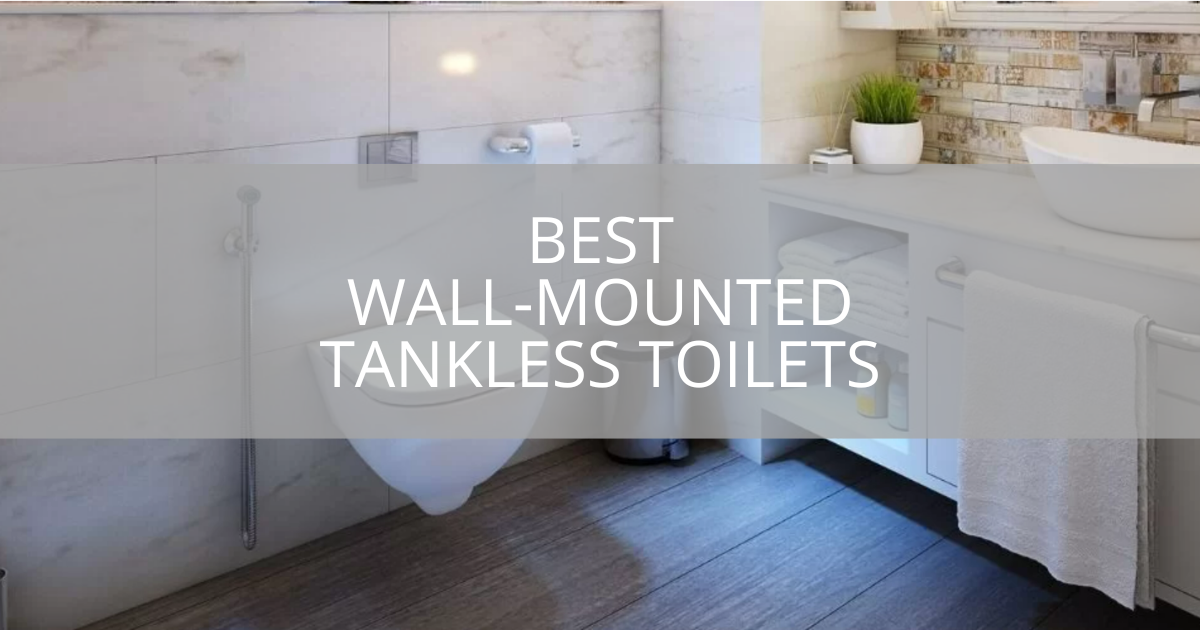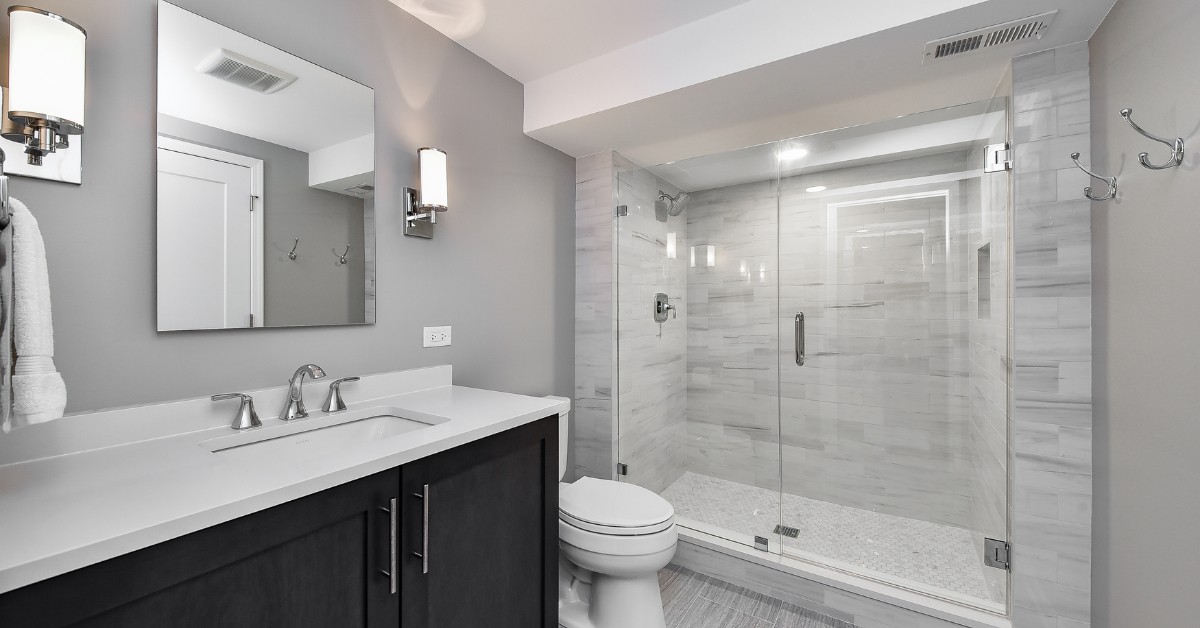
Sebring Design Build
Floating vanity, vessel sink vanity, cabinet vanity–choosing a bathroom vanity can be a thrilling affair. It can also be overwhelming–especially when trying to factor in the size and style of the bathroom. If you’re about to start a bathroom remodeling project, there are a few essential concepts that you’ll want to keep in mind when choosing a great vanity for your bathroom. There are a number of excellent options to choose from. It all depends on the shape and design aspects of your room. With just a bit of information, you are well on your way to making the vanity decision process a smooth and exciting one.
If you’re stuck trying to decide between a standard or a floating vanity, this guide can nudge you in the right direction. Some of these bathroom vanity options may not be functional to the shape and dimensions of your bathroom. Others may be the magic touch to make your remodeling project truly pop. Regardless of your ultimate choice, you should ensure that the vanity is, above all, a functional piece.
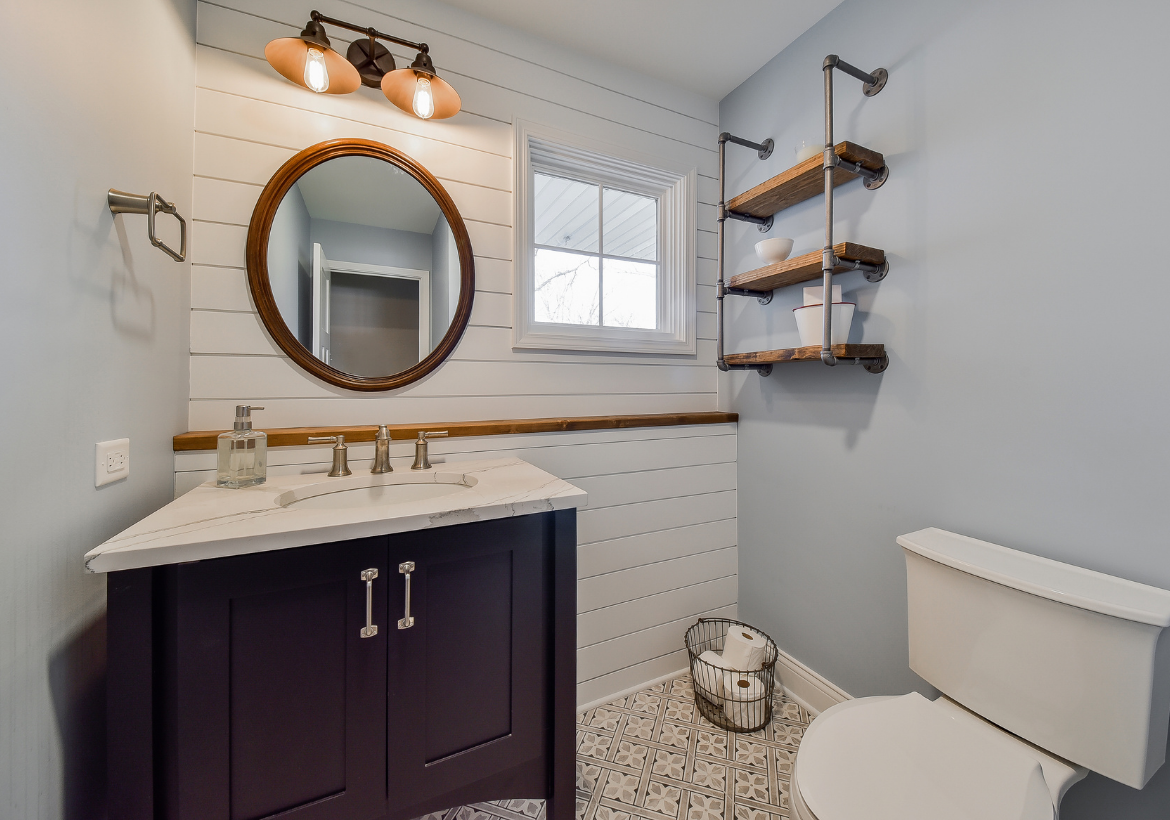
How to Determine the Type of Vanity for Your Bathroom
A bathroom vanity should cater to your needs in every way. If you are in need of something that can easily accommodate your daily bathroom functions, there are a variety of options to choose from. Do not skimp out on utility, as your new bathroom vanity is something that will be an integral part of your home for years to come.
There are numerous bathroom vanity types to suit all sorts of needs. Each vanity type typically comes with different size specifications as well. From large to small vanities, there is a lot to consider.
Here’s a list of some of the things to think about before diving in:
- Size – Consider floor plan and overall square footage available.
- Clearance – Check clearance of elements like: doors, mirrors and medicine cabinets when considering height, width and depth of the cabinet. Plus do you have enough room to walk and move around comfortably?
- Plumbing – Make a note of existing plumbing and it’s placement. Also consider the opening in the back of the cabinet for access to plumbing.
- Number of Sinks – The size available in the room and the final size of the vanity will help determine this. As a guide–48″ is the average size that will accommodate two sinks.
- Type of Sink – Undermount, Integrated, Vessel or Drop-In
- Mounting Method – Freestanding/Wallmount etc.
- Style – Traditional, Modern, Rustic, Coastal, Farmhouse etc.
- Countertop – Type, Material and Thickness
- Backsplash – Will you have a backsplash and what material will you opt for?
- Faucet/Faucet Setup – Centerset, Widespread etc.
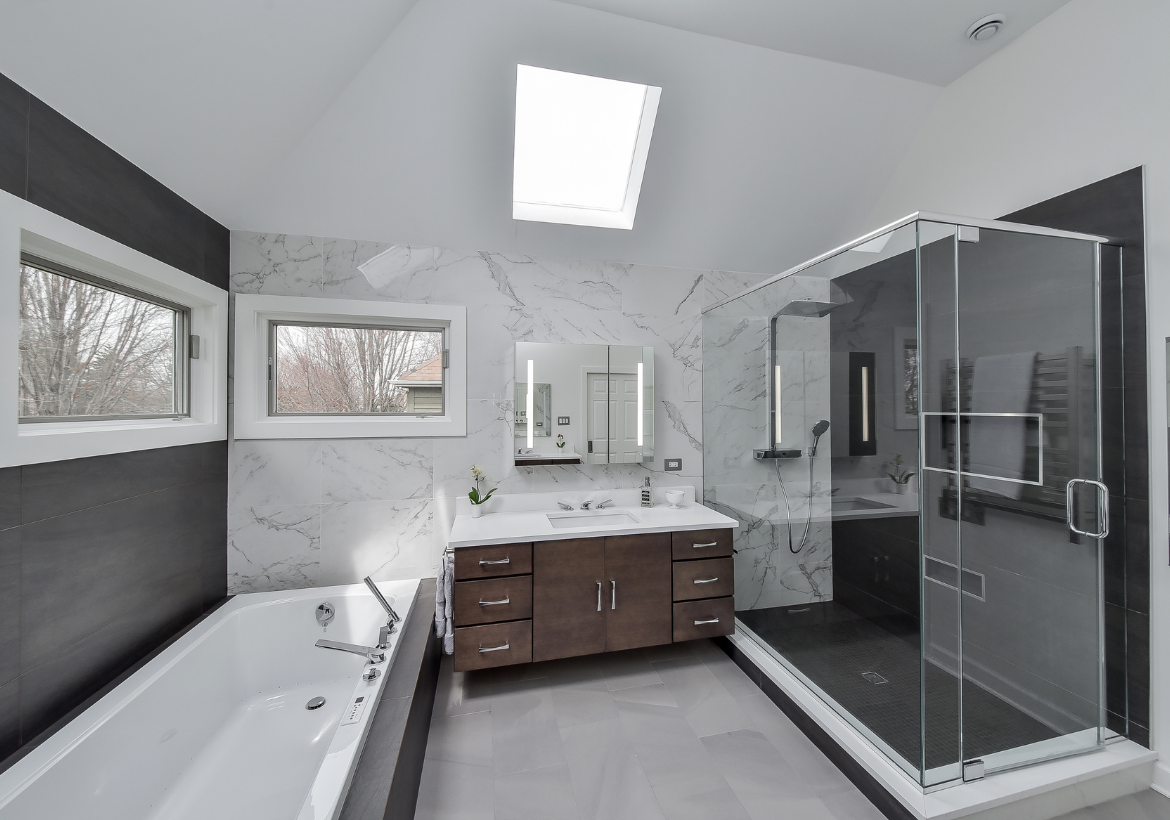
Pedestal Sink
A pedestal sink, while not a vanity, could also be considered and can often simplify the bathroom remodeling process. A pedestal sink is a two-piece sink, the sink (top) attaches to the wall. The bottom or base is a small column that sits under the sink. Pedestal sinks are great choices for small or uniquely-sized spaces.
One drawback of a pedestal sink is that there isn’t storage for important bathroom items. A creative way to make use of a pedestal sink is to incorporate it with the already-existing style of your bathroom–or, you can use it as the centerpiece for a new bathroom design entirely. Pedestal sinks are flexible, easy to use, and small enough to be convenient.
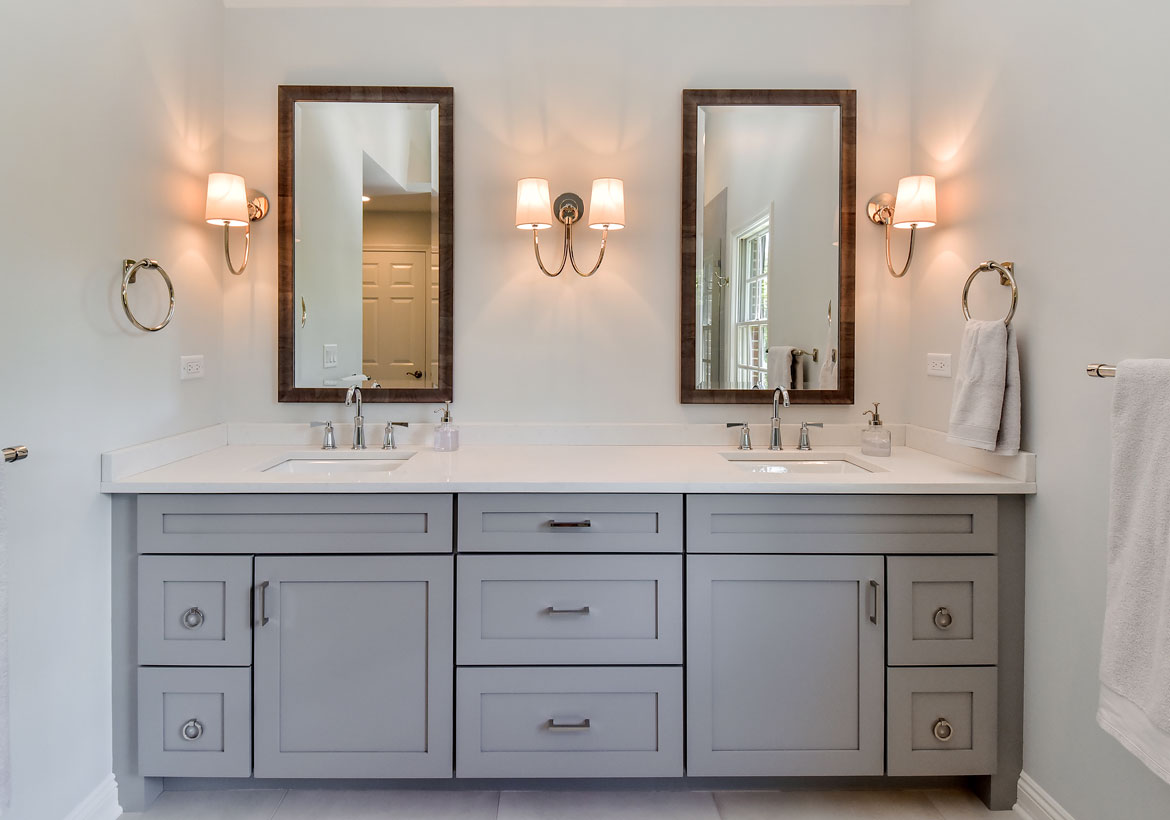
Cabinet-Style Vanities
A cabinet-style or “traditional” vanity is the most common style of vanity and what most of us are used to seeing. These vanities have the most amount of concealed storage space than other vanities. This type of vanity comes in endless styles and sizes and can accommodate most types of sinks with the exception of the pedestal which is freestanding.
Make sure to consider the quality of materials that the vanity of made of. Bathrooms will have more moisture, so processed wood and/or MDF may not be a great option. You want to be confident that your new vanity will be durable and last for years to come.
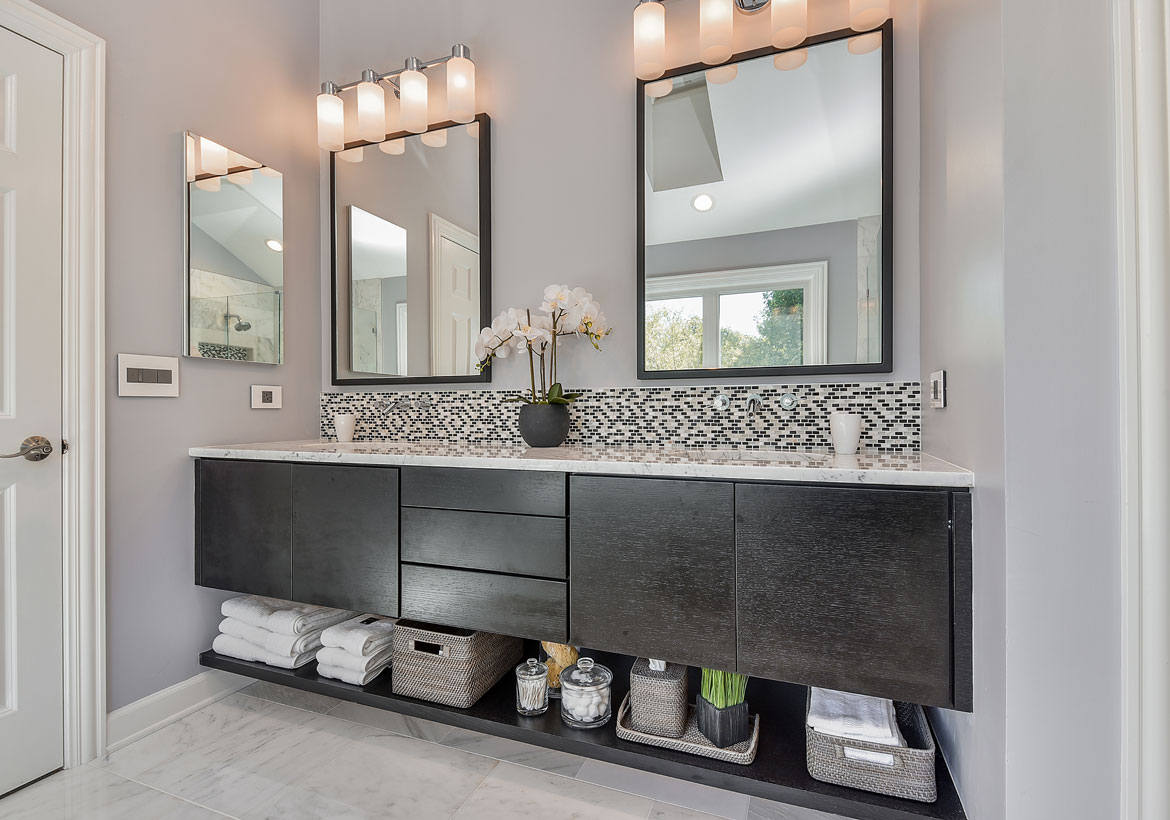
Floating Vanity
A floating vanity is a bathroom vanity that requires attachment to a wall creating that “floating” appearance. A floating vanity may not have as much concealed storage space than other vanities. These vanities are often recommended for those who don’t have or want a lot of clutter. This type of vanity can provide some of the most unique styles options, but they may not be a perfect fit for every bathroom. If you have a lot of space to work with, a floating vanity can become a much more viable option for you. A floating vanity often accompanies a free-standing tub and other utilitarian structures that are positioned in the bathroom rather than attached to it.
If you’re running on limited space or a tight budget, a floating vanity option may be out of your reach. However, nothing is impossible! If a floating vanity calls to you, reach out to a professional contractor to see how you can make it happen.
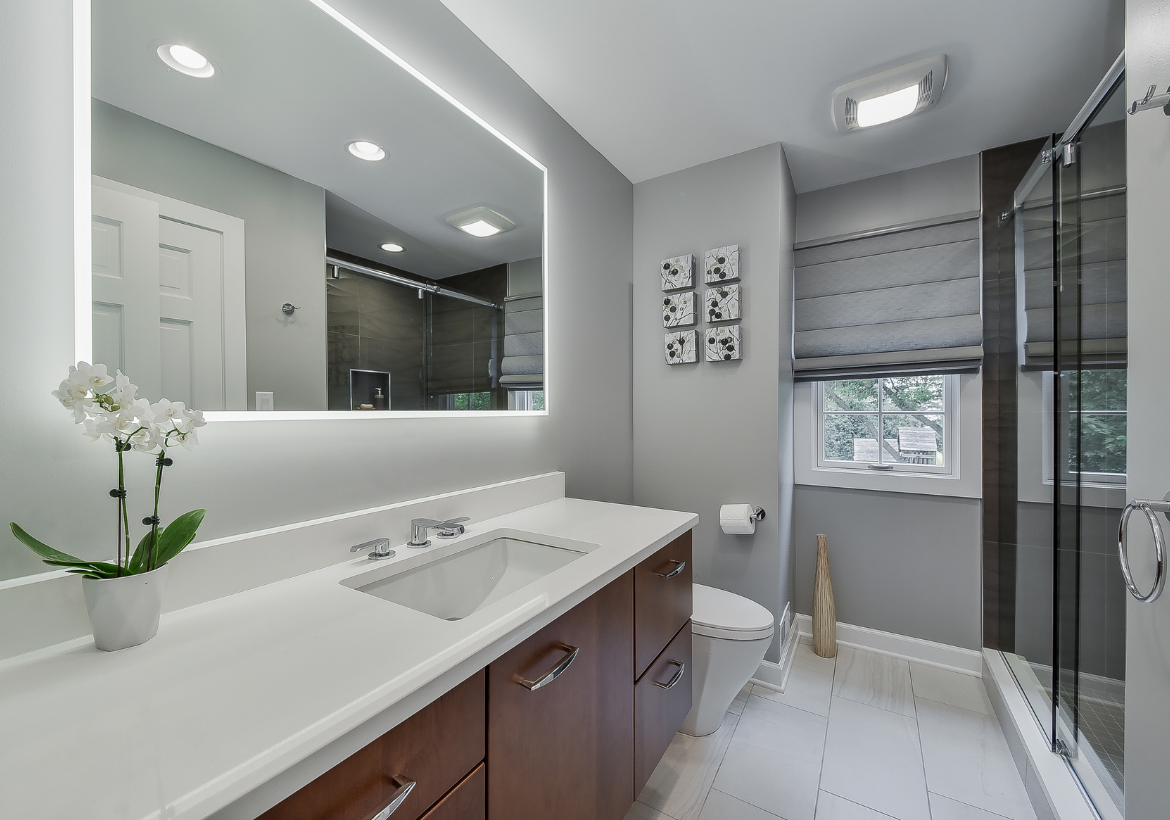
Vessel Sink Vanity
A vessel sink vanity is quite different from a traditional vanity. It is typically built with much larger dimensions and has some space requirements. Vessel sink vanities are popular for those with specific styles in mind. They can take up a lot of space, which can be a positive trait if you’re looking to maximize your amount of storage. A vessel sink vanity has a basin that sits on top the vanity countertop, as compared to the traditional under mount sink or “drop-in”.
Vessel sink vanity types may not fit the size or specifications of your bathroom. They can be hefty, leaving little room for other decorations or fixtures. If you are set on having a grand vanity as the cornerstone of your bathroom; a vessel sink vanity can be a great choice.
Sizing Specifications and Constraints
Different types of vanities will require a certain clearance of size and space in your bathroom. One type of vanity may fit perfectly in the dimensions you have available, others just may not be viable.
A quick run-down of the standard vanity size requirements can give you a better idea of what you’re looking at for your own bathroom remodeling project. Use this as a tool to narrow down your bathroom vanity options.
Standard Vanity Size
The standard height of a bathroom vanity ranges from 31 to 35-1/2″, in any traditional or free-standing style. Depending on the thickness of your countertop, it can reach to heights of 36” or more. Shorter vanities work better for small children, but taller adults might want a higher countertop.
The width of a standard vanity varies–range 12 to 84″, keeping in mind countertops may add a little additional width. Most typical vanity widths: 24, 30, 36, 48, and 60 inches.
The standard vanity depth is 21 inches, but can range from 17 to 24″. For a very small bath, you can gain floor space by trimming at least part of the vanity to 18, 15, or even 12 inches deep.

Comfortable Vanity Sizes
If you’ve got a little bit of wiggle room, you can go for a “comfort” vanity size. This is the norm for most master bathrooms, especially in full-sized houses or homes in which the master bedroom shares two people. Comfort vanities are also known as present-day vanities, as this is the standard modern look for most bathrooms.
With two sinks placed across a grand countertop, the general width of a comfortable vanity can measure up to 59”, but isn’t necessarily restricted to that width. The depth of the vanity, if it is attached to a wall, can reach over 12”. For its height, you are typically looking at a measurement of 36”, but that can be adjusted based on your specific needs.
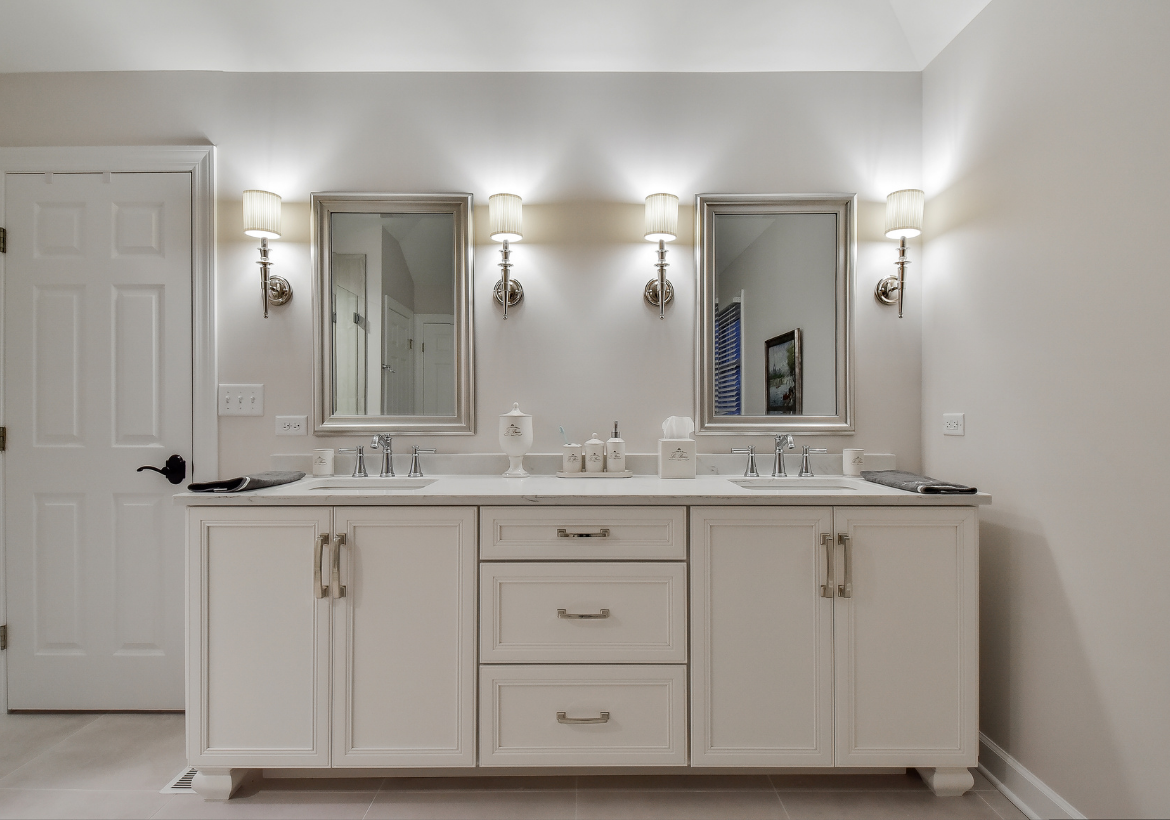
A Great Vanity Project is In Your Midst!
Try narrowing down some of your bathroom vanity options by determining the shape and size specifications that will fit in your space. Are you ready to invest in a bathroom remodeling project? This can be an exciting endeavor that yields beautiful results. Why not add a stunning new bathroom vanity as the centerpiece for your project?
What makes a bathroom vanity special is the idea that something can be both functional and stylish at the same time. Choose from a variety of new options that can fit your style, design, and budget. From the initial brainstorming plans to the first steps taken towards a new design, a remodeling project is one of the most thrilling things you can invest in for your beautiful home. You don’t have to deal with a bathroom vanity that you don’t like, one that is outdated or doesn’t serve your best needs.

